
Subscribe to ARB
Subscribe to ARB to receive your regular 4x4 CULTURE magazine, exclusive ARB promotional news and new product release information.

This is a story of hope. This is Halima’s story.
Halima is 14. Two years ago, she was badly burnt in an accident when she fell into a fire during an epileptic seizure. Her face, neck and hands were severely damaged. She received no hospital treatment as her family couldn’t afford it.
Her father died some time ago and her mother abandoned her after the accident. Today, she lives with her 70-year-old grandmother in one of the poorest villages in Tanzania, so you can imagine how difficult life is for her.
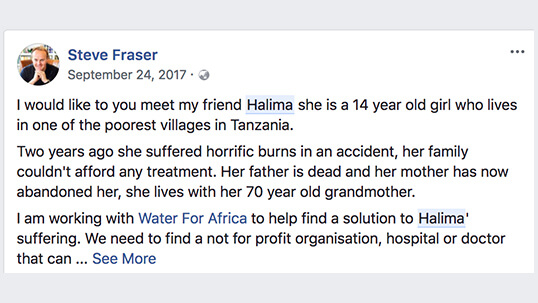
As Halima continues to grow and mature, the facial deformity is only likely to worsen because of the lack of skin flexibility in her neck area.
Despite her severe injuries, she is a gentle, cheerful soul who loves to play and enjoys eating lollies like most 14-year-old kids.
Water for Africa was desperately trying to help find a solution for Halima, which would involve surgery to return some normality to her life. Even though she is currently on epilepsy medication, she struggles with everyday tasks. Obviously, surgical reconstruction is extremely expensive and very specialised. Coming from a background of extreme poverty, Halima’s only hope was a small miracle. Her future was looking very bleak until the amazing power of social media kicked in.
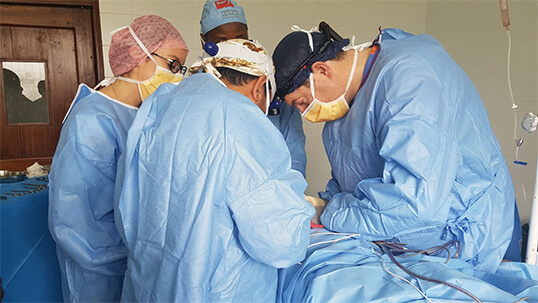
Across the various platforms, more than one million people read her story, thousands sent their love through generous comments and, thanks to tens of thousands of shares, a few uniquely gifted surgeons decided to change Halima’s life.
Forty-five days after the original post, I was extremely happy (actually that is a serious understatement – I was so pumped) to share that Halima had undergone life-changing surgery, which went wonderfully well.
Halima had eyelid, neck and mouth release surgery and will require a further operation next year to fix her hands.

I have an amazing life, travelling the world taking photographs and visiting some of the most remote places on the planet. Out of all the amazing opportunities and experiences I have had, I will look back with eternal gratitude at the smile on Halima’s face when she realised that some extremely generous people cared for her.
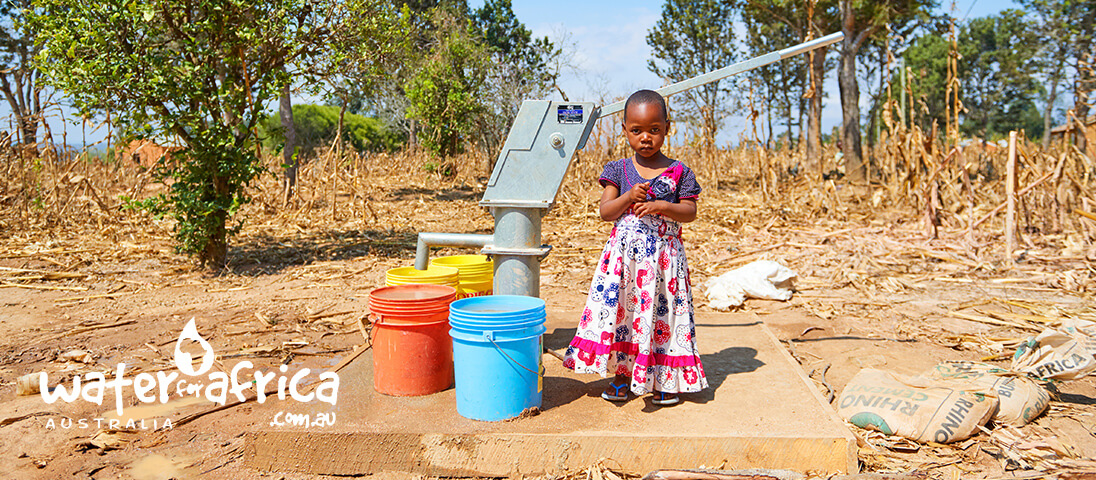
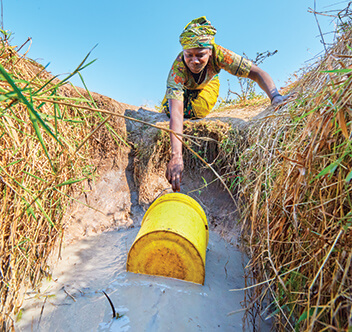
- 23,000,000 people in Tanzania do not have access to clean drinking water the approx. population of Australia
- Over 4000 children die every year from diarrhoea from drinking contaminated water in Tanzania
- 70% of households in Tanzania are without clean drinking water
- Women and children especially girls carry the burden to collect water each day in Tanzania, resulting in walking for many kms, often leaving them in vulnerable situations and not allowing them to attend school to receive an education.
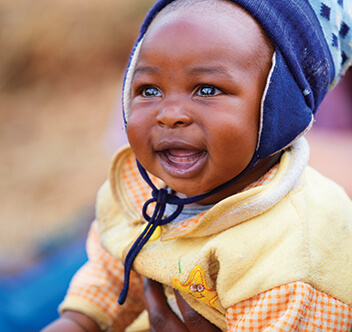
People are the reason. People are the foundation and focus, they are the drive and passion for what we do.
Each individual like you and me has dreams and desires, we each long to have an amazing life full of happiness to be secure and safe. We can talk all the stats and figures, feel sorry for the Tanzania people but at the end of the day while we sit and read this their life continues. They walk for kilometres in search for water and I’m sure along the way they dream of a life outside the search, about family, friends and what’s for lunch…the usual things of life.
We simply believe that no person should have to live without clean drinking water. Each person is beautiful and they should not have to suffer because they don’t have the essentials.
It’s simply unfair…that’s what drives Water for Africa…..Beautiful People.
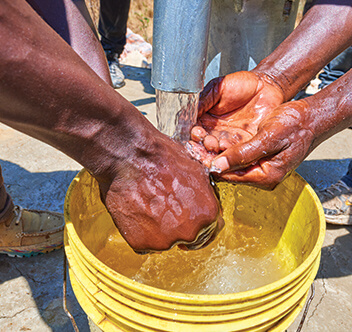
Our aim is to ensure that everybody has access to clean drinking water. We do this by installing and maintaining new water projects in remote communities. What we have observed in Tanzania there are many abandoned broken wells but the local people don’t have the knowledge and resources to fix them. This lead us to set up a sustainable program where we empower, train and employ local people to be the solution to this problem and benefit the community.
What we want to see in the future is this sustainable model duplicated across the nation of Tanzania and beyond.
Subscribe to ARB to receive your regular 4x4 CULTURE magazine, exclusive ARB promotional news and new product release information.